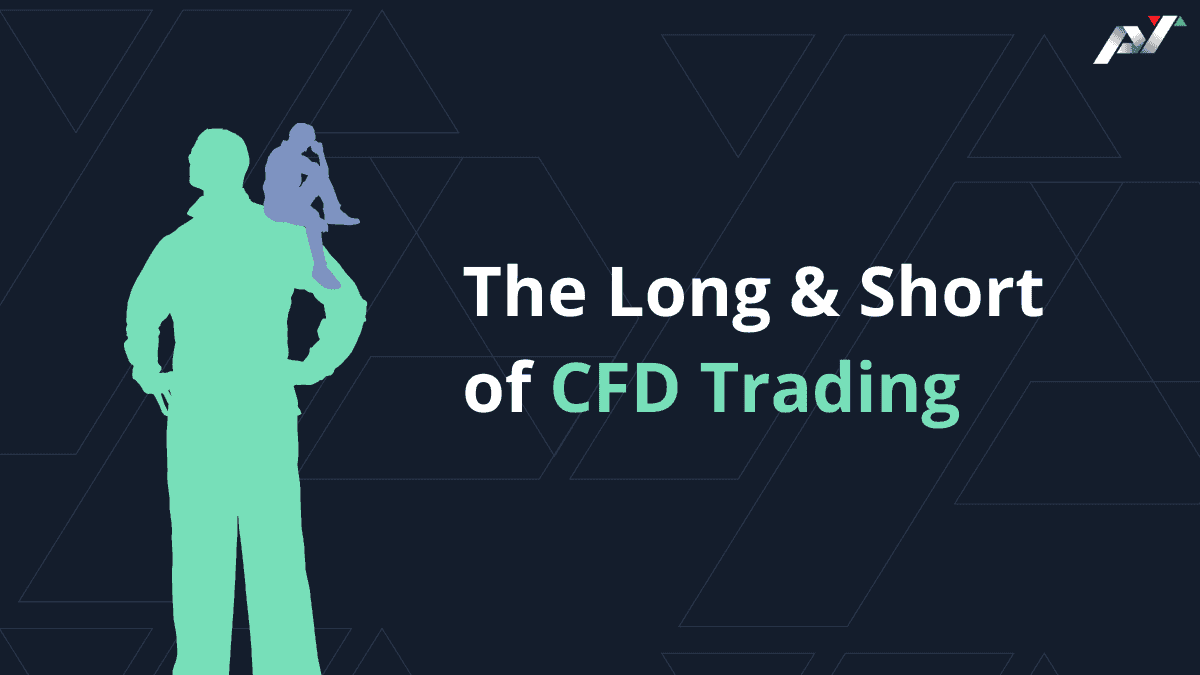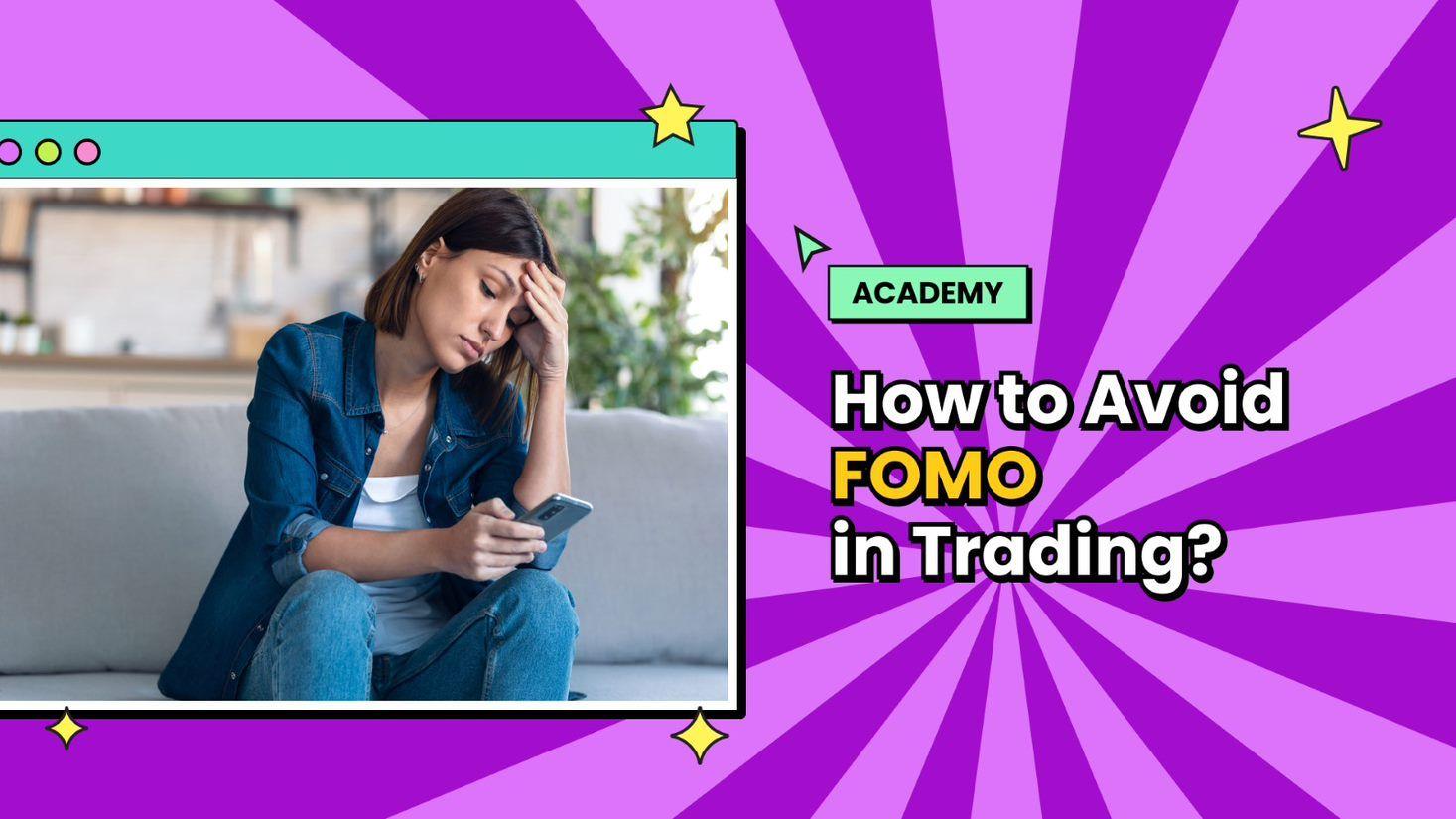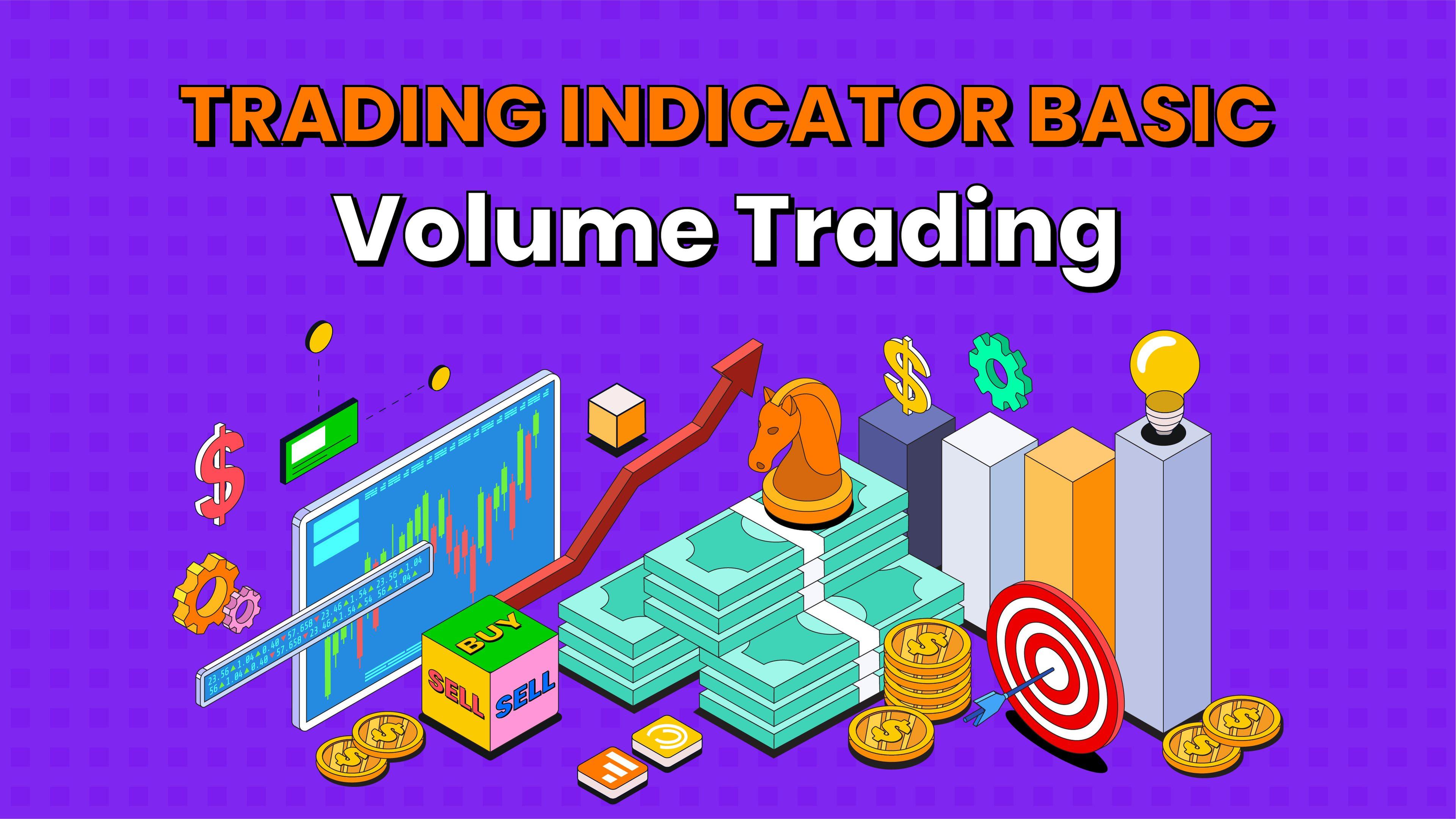The long and short of CFD trading






Contracts for difference, or CFDs, are tradable instruments that follow the prices of global financial markets such as indices, shares, commodities, gold, silver, and forex trading. They represent an agreement between two parties to exchange the difference between the opening and closing price of a contract.
When you trade CFDs, you get direct exposure to an underlying asset without having to own it. The gains or losses you incur are a result of the price movements in the underlying asset, and how that relates to the opening and closing price of the contract you entered.
What makes CFD trading interesting?
Trading CFDs are a popular way for investors to gain exposure to the markets, with a few key features that are of particular interest:
Going long and short: with CFDs it’s possible to make gains in both rising (going long) and falling markets (going short).
Trading with leverage: You can multiply your trade size by using leverage, using a smaller amount of money to gain the effects of a larger position.
Hedging risk: By going short, you could offset potential losses of other positions and investments.
How does CFD trading work?
The goal of trading CFDs is to speculate on the price movements of underlying assets, with trade ideas typically spanning shorter time frames. When you open a position, you select the number of CFDs you want to trade taking either a buy position by going long, or a sell position by going short. Both strategies can deliver gains and losses, it all depends on the market moving in your favour or against you.
For example, if you think the price of gold will increase, you could take a buy position and trade 10 CFDs at the price of 1840. If the market moves in your favour and gains 20 points to 1860, you could close the buy position at a $200 profit – 20 times the 10 contracts you bought. However, if the market dropped by the same amount and you closed the same position, you would lose $200.
Going short and placing a sell position in the above scenario would flip the wins and losses. Opening a sell position of 10 gold CFDs at 1840, a 20 point increase would result in a loss but a 20 point drop would mean you could close the trade at a profit.
What is leveraged trading?
Leverage is a powerful tool when trading CFDs, as it enables you to amplify gains during relatively minor price movements. Essentially, you are only putting down a fraction of the full value of your trade, with the provider of the service loaning you the rest. That way, you can trade with the effects of larger amounts of capital.
Trading with leverage works by putting down a deposit, known as margin, which you use to gain increased exposure to an underlying asset. Leverage is the ratio by which your position is amplified. A leverage of 20:1 means you only need one twentieth of the full transaction size to enter a trade. So, if you have $5000 in your account, you could enter a $100,000 position trading CFDs with leverage. The maximum leverage you can access depends on the financial markets you are trading and, in some jurisdictions, what type of trader you are.
While it’s easy to see the appeal of multiplying gains quickly with less capital, it cannot be overlooked that the reverse is equally true: losses are multiplied at a much faster rate when trading CFDs with leverage. In fact, many traders see their margin wiped out quickly because they use a leverage that is simply too high. Especially for novice traders, it’s best to take a more cautious approach, trade using only modest leverage, and keeping emotions at bay.
The steps to trading CFDs
Step 1: Choose your financial market
Pocket Trader gives you access to a wide range of CFDs covering different global financial markets including forex, currencies and indices. All of these markets present different trading opportunities ready to be seized by sharp investors. Of course, it can be a bit overwhelming if you are just starting out trading CFDs but that’s where the social trading community comes in.
On Pocket Trader, you can discuss trading ideas with other traders and learn how other more advanced traders make their pips in the global financial markets trading CFDs. Engaging with the wider trading community will help you identify trading opportunities that meet your trading style, investment goals and risk appetite.
Step 2: Decide to go long or short
Now that you have chosen a market to trade in, you need to determine the position you are taking. If you think the underlying asset will go up in value, you need to place a buy order. However, if you think it will go down in price and you want to make gains on the downward trend, you need to place a sell order.
Step 3: Determine trade size
Select the number of CFDs you want to trade, and the amount of leverage you want to use to amplify the overall trade value. When trading forex, commodities or indices, the value of 1 CFD can vary between instruments so you need to look up the tick value in the instrument’s market information sheets.
Step 4: Place stop loss and take profit orders
Once you are ready to place your trade, it’s time to look at risk management by considering stop loss and take profit orders. As soon as you enter a position, the potential profit and loss of your CFD trade will fluctuate together with the price movement in the market.
Should the market move against you, placing a stop loss order automatically closes the position if the market reaches a certain level specified by you. The reason for doing this is simply to minimise losses and cutting your losses before they escalate beyond what you are willing to lose on a bad trade. Conversely, you can also place a take profit order to close your position and realise your gains when the market moves in your favour.
You can specify stop loss and take profit orders on Pocket Trader both when you place the initial trade, or later once your trade is already open.
Step 5: Close your trade
As the market moves and your trade value along with it, you need to determine when you close your trade – if your stop loss or take profit levels have not been set or triggered. The profits or losses you make on this trade are determined by the price difference between when you first open the trade to when you finally close it. The result will be reflected instantly in your account’s cash balance on the Pocket Trader app.
How to get started trading CFDs
Trading CFDs presents many opportunities for traders to capitalise on a range of trading ideas. But it’s a double-edged sword and outsized wins could also result in outsized losses. The significant risks that come with trading CFDs may not be suitable for everyone, so we strongly suggest using a demo trading account before you commit to trading with your own money.
Download the Pocket Trader app to access our demo account for trading CFDs and join the trading community to lift your game.


